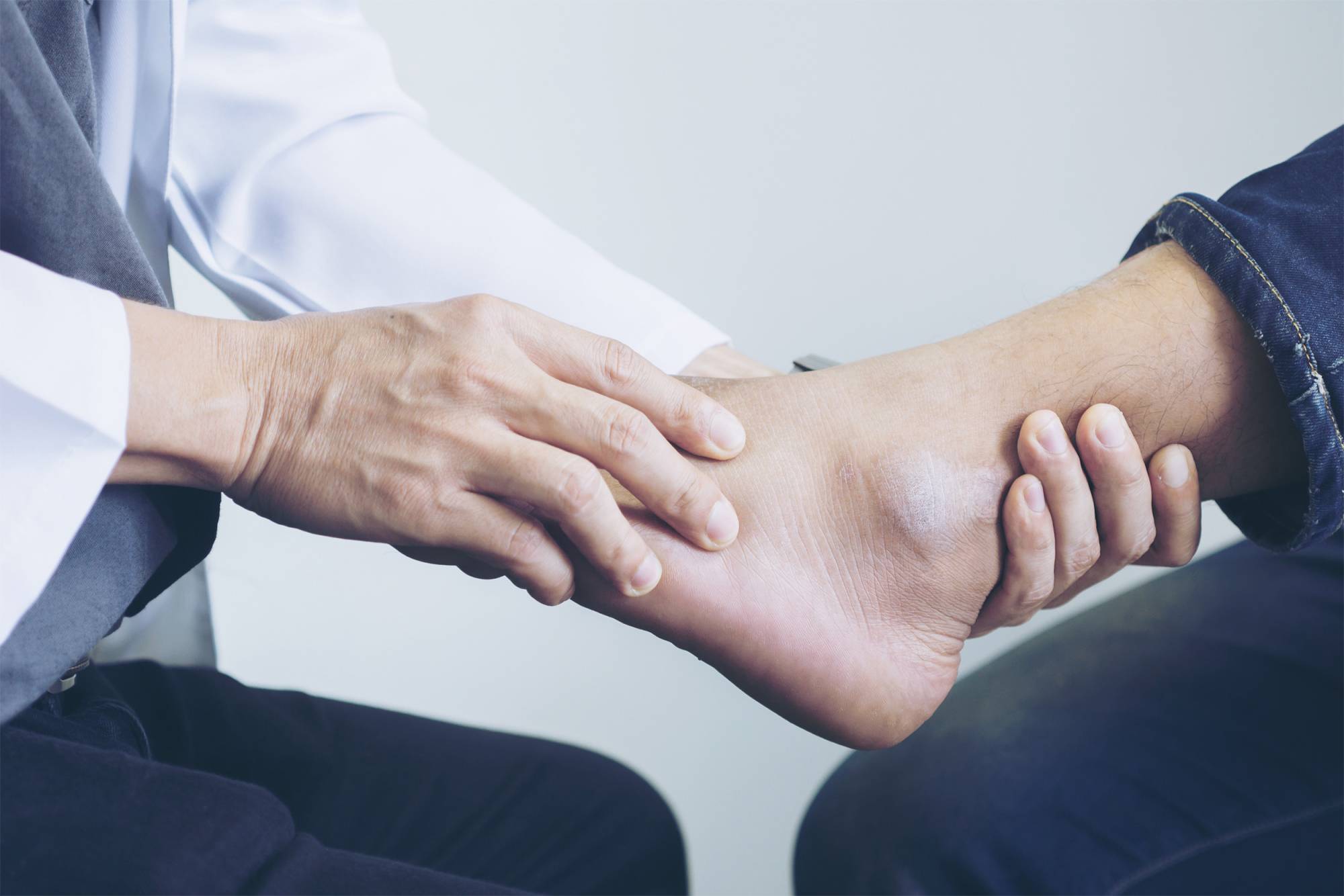- Accueil
- Chirurgie de la cheville
- Tendinopathies d’Achille
- Achilles Tendinopathy Pathogenesis and Management: A Narrative Review
Achilles Tendinopathy Pathogenesis and Management: A Narrative Review
Introduction
Achilles tendinopathy (AT) is a degenerative condition affecting the Achilles tendon, the strongest tendon in the body. The incidence of AT has significantly increased in recent years due to the rise in sports participation and competitive athletics. AT is characterized by pain, swelling, and functional limitations, impacting both athletes and middle-aged, overweight individuals. This article aims to provide a comprehensive understanding of the pathogenesis and current management options for AT.
Pathogenesis
1. Clinical Examination
AT presents with pain located 2-6 cm proximal to the Achilles tendon insertion. The pain typically begins after exercise but progresses to occur during physical activity, potentially impacting daily living activities. Clinical examination focuses on identifying tenderness, thickening, and crepitation of the tendon. Tests such as the Royal London Hospital (RLH) test and the painful arc sign are effective in diagnosing AT.
2. Risk Factors
Systemic comorbidities like diabetes mellitus, dyslipidaemia, and inflammatory arthropathies can increase the risk of tendon injury. Other risk factors include age, body mass index (BMI), and foot abnormalities. Extrinsic factors such as overloading and improper training techniques also contribute to the onset of AT.
3. Mechanisms of Injury
Over 50% of tendon injuries occur due to sports-related overload, causing microtrauma. Tendon tears are classified as acute or chronic, with chronic injuries often requiring surgical intervention due to the poor alignment of collagen fibrils.
Management
1. Conservative Treatment
Conservative treatment is the first-line approach to managing AT and includes pharmacological interventions, therapeutic exercises, and physical therapy.
- Pharmacological Interventions: Nonsteroidal anti-inflammatory drugs (NSAIDs) provide short-term relief, though they do not address the underlying tendon degeneration. Cryotherapy and topical glyceryl trinitrate patches have been explored, though the evidence supporting their efficacy is limited.
- Therapeutic Exercise: Eccentric exercises (EE) are considered the cornerstone of conservative treatment for AT. The Alfredson’s protocol, involving eccentric loading exercises, is widely used and has demonstrated positive outcomes for non-insertional AT. Other exercise protocols such as isotonic and isokinetic loading have shown less promising results.
- Physical Therapy: Extracorporeal shockwave therapy (ESWT) and ultrasound therapy have been used as adjunct therapies. ESWT promotes tissue healing and reduces pain, while ultrasound therapy offers mixed results in managing chronic AT. The combination of ESWT and EE has shown superior results compared to EE alone.
2. Injection Therapy
Various injection therapies are employed, including platelet-rich plasma (PRP), high-volume image-guided injections (HVIGI), and sclerosing injections. PRP has gained popularity, although clinical trials have not consistently shown significant benefits over placebo. HVIGI, which involves injecting saline into the affected tendon, has shown promising results, especially for chronic AT.
3. Surgical Treatment
When conservative treatments fail, surgical intervention is considered after 6 months. Open surgery is highly effective in removing degenerative tissue, although it carries risks like infection, nerve injury, and thromboembolism. Minimally invasive techniques, such as percutaneous stripping and tenotomy, offer alternative surgical options with fewer complications and quicker recovery.
4. Use of Stem Cells
The use of mesenchymal stem cells (MSCs) for tendon regeneration is an emerging field. Bone marrow-derived MSCs (BMD-MSCs) and adipose-derived stem cells (ATDSCs) show potential for enhancing tendon healing and reducing recovery time. However, more research is needed to standardize protocols and assess long-term outcomes.
Conclusion
Achilles tendinopathy remains a complex condition with no universally accepted treatment strategy. Conservative management is effective in many cases, but when it fails, surgical options offer a viable solution. Minimally invasive techniques and biological therapies like PRP and stem cell treatments represent promising advances in the field. Future research should focus on high-quality studies to refine these treatment modalities and provide more robust clinical guidelines.
Keywords
Achilles tendon, Achilles tendinopathy, tendinopathy pathogenesis, conservative treatment, eccentric exercises, surgical management, platelet-rich plasma, stem cell therapy.


 Prendre rendez-vous
Prendre rendez-vous
